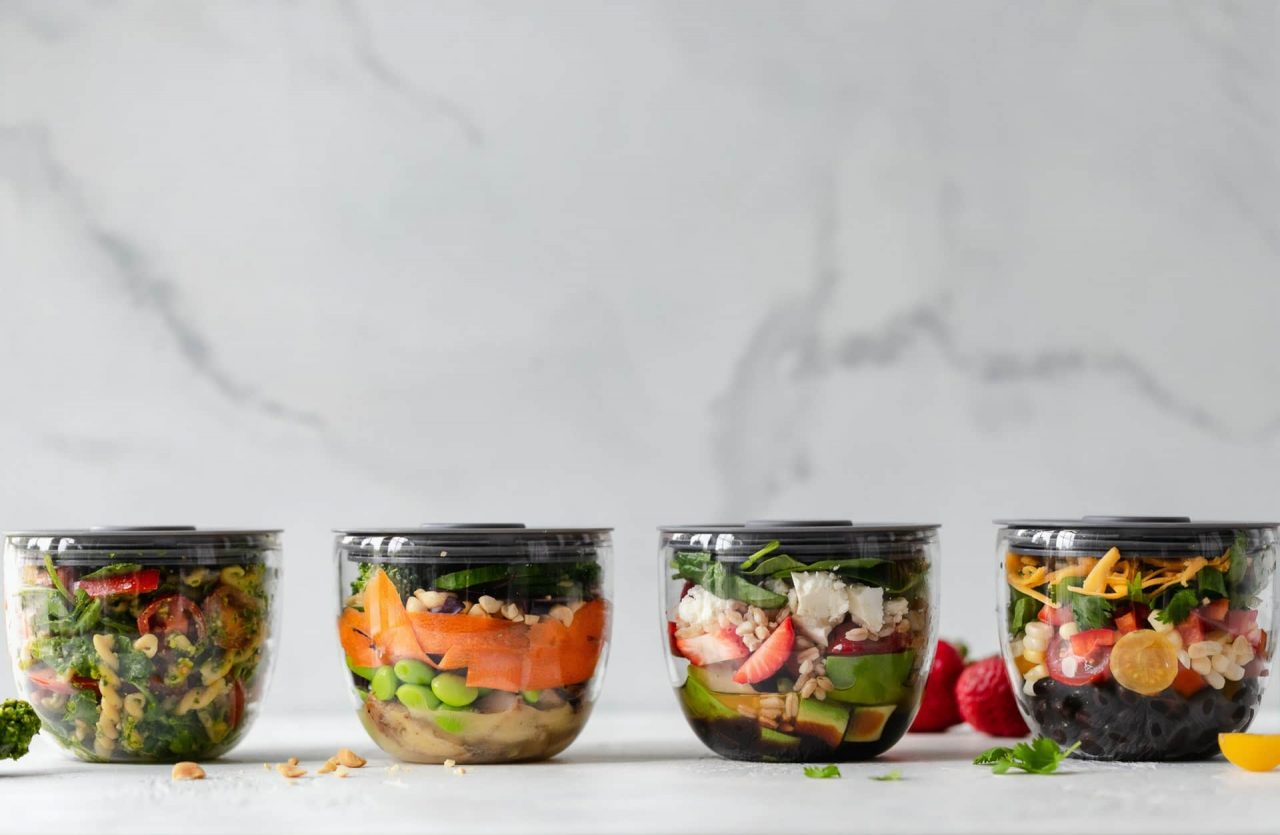With plastic plates and cups being so ubiquitous, how safe is it actually to put them in an appliance like a microwave oven? Is it safe to put plastic plates in a microwave oven? Can you microwave plastic cups? And can you microwave plastic wrap?
Can You Get Cancer from Microwaving Plastic?
Can you get cancer from microwaving plastic? The short answer to this momentous question is no, and you can’t get cancer by using microwave-safe containers made of plastic. This is a myth – something that naysayers have always said because they simply didn’t take the time to understand how microwave radiation worked.
However, and this distinction has to be made, some plastics are not designed to withstand a lot of heat, and if you use these inside a microwave oven, they are going to melt from the increase in heat from the food placed inside them. The heat from the diet can melt non-microwaveable plastic, and this can leach harmful chemicals into your diet.
Do you see the difference? If you use the right type of plastic containers for your microwaveable food, you are safe, and nothing will pollute your food. However, if you place inappropriate plastic containers in your vessel and heat food to their melting point, expect the plastic to melt and mix with your meal. Take note that plastics naturally release gases and chemicals when they begin to melt or burn, so there is no surprise here that some toxins will get into the food if this is the situation.
What about aluminum and metal plates and other cookware made from metals? These are also not recommended for microwave ovens because they can cause microwave radiation to bounce, and you may even possibly cause damage to your microwave oven.
At the very least, using aluminum inside a microwave oven can cause the uneven cooking of food because the surface of aluminum will resist and bounce the radio waves that are supposed to reach the food.
Understanding the Risks
There is still a lot of debate as to whether it is entirely safe to use any kind of plastic with microwave ovens. So if you are in doubt, or if you would just like to reduce the risk, you can always use glass containers, and ceramic containers are better choices.
The FDA also advises everyone not just to use any plastic container within reach because only those that have been manufactured as microwave-safe ones can be used.
As we have discussed earlier, there is a massive risk of non-microwave safe plastics to melt, and this is where the problem comes in. Food inside the microwave oven can be piping hot, and some plastics aren’t just made to handle that kind of temperature stress.
What About BPA?
BPA is a chemical compound used for hardening or plasticizing different plastic products. Back in 2012, the US FDA has banned plastic bottles for babies that contain this chemical because it can trigger a variety of illnesses later in life. BPA-free products are misleading because there are still components associated with BPA.
BPA is simply reduced to the smallest possible level because it can cause harm to the human body. A slew of health conditions has been associated with BPA, from a higher risk of diabetes to cardiovascular issues. It’s essential to take the fear of plastics into context here because people don’t get sick from a single exposure to a potential carcinogen or chemical that can cause other health problems.
The problems arise when you have a lifetime of exposure, and you aren’t aware that some things in your lifestyle might be increasing your risk of getting sick over time. This applies not just to infants who used plastic bottles with high levels of BPA, but also adults that consume a lot of food that is kept in plastic containers and even Styrofoam.
Here are some other things that we know of BPA:
- BPA may be harmful to infants, pregnant women, and children.
- It may trigger different kinds of reproductive issues in women.
- BPA may cause lung damage in the unborn if the pregnant mother is exposed to high levels of it.
- A link has been established between the inadvertent consumption of BPA and the development of asthma in children, later on in life.
- Low-level exposure to BPA has been linked to the development of prostate cancer in men.
- Some studies suggest that BPA causes estrogen sensitivity in infants, which may cause problems later in life.
- Bisphenol, which is now being used in place of BPA in some circumstances, has been shown to cause tumors in animal tests.
Safety Tips for Using Microwave Ovens
- Always follow the instructions of the manufacturer of the microwave oven, and don’t experiment with it, especially when it comes to the containers that you can use with the machine.
- Cookware and containers for microwaves are produced widely, so there is no reason for you to use non-microwave safe plastic containers. Stock up on these containers, and you should have no problems later on with preparing all your meals.
- It is generally a bad idea to heat or boil water in a microwave oven. The reason for this is that pure liquids in large quantities can undergo the process of superheating, which may then cause an explosion inside the microwave oven.
Preparing coffee in the microwave can expose you to the risk of the coffee exploding while you are holding the cup or when you add something to the coffee, like creamer and sugar. You must avoid this scenario by following the instructions on the beverage’s container to the letter. - Microwave ovens should only be operated when the door is completely closed. If you notice that it still functions even when the door is slightly ajar, something may be wrong with your machine. It would be best to have it inspected by a professional technician.

